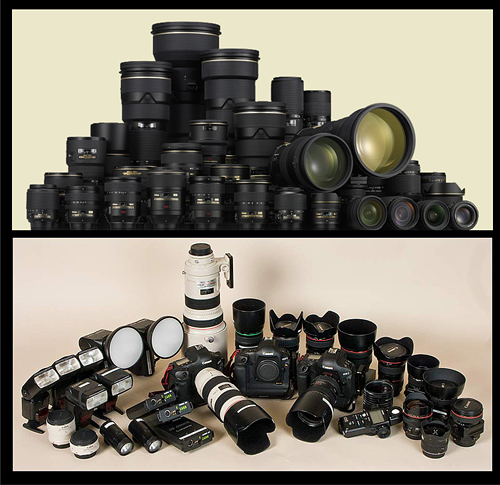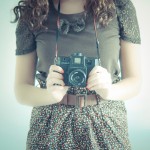
As fans of photography, we of course understand that the equipment isn’t the only entity behind a good photograph. But the emergence of newer more powerful models is inevitable. This phenomenon has resulted in:
– The arising feeling of self-consciousness and loss of confidence felt by owners of older models, as new models start to multiply.
– Disappointment and the feeling of irritation felt by those who had just bought a model that’s fast replaced by the fast emergence of a newer one in the market.
– The confusion it results on prospective camera buyer has, especially beginners.
– The highly biased opinions shouted by hardcore fans of certain brands, creating much more confusion to certain camera owners.
If we further examine the phenomena, most of the above negative impacts can be regulated if we take a little time to better understand the personal characteristics of our photography style. Whatever your decision is in buying or bartering your camera, it has to be based on our personal answer to these following questions:
– How often do we take pictures? (e.g. ten pictures a month, or maybe 500 pictures a day)
– What types of photographing situations do we often face? (e.g. indoor space, sport fields, traveling or panoramic views, studio photography)
– What is the budget we’re allowing ourselves?
– How much do we really need to own the said camera? ( Maybe, for instance, we need it the next day to photograph our sibling’s wedding)
– What is our target goal for the turnover profit of our purchased gear?
Tip: If you are not a professional photographer when measured on the business sense, “turnover profit” can be measured in the fluency in the understanding of said camera use. For example; if you still need more than two seconds to set the mirror lock-up or to set up the white balance, then this may mean that you have to gain “turnover profit.”

SET PRIORITIES
There are still many factors to be taken into consideration, but the above points I’ve mentioned would be fitting for you as a guide to creating your list of priorities in features of your desired camera (like the ISO sensitivity, start-up speeds, battery endurance, metering mode, abundance of accessories, etc.) Good sample lists of good features are ones like the ones posted on DPREVIEW (www.dpreview.com). In every camera review, the site includes specifications relating to:
– Price
– Body Material
– Sensors
– Weight
– Dimensions
– Etc.
From the above features, draw up a list of priorities according to the characteristics of your personal photographing style and start comparing brands/models that suit the predetermined budget (don’t be flexible when it comes to budgeting).
Divide the priority of features you want into three levels:
– Priority 1: Must have. The camera has to have these certain features.
– Priority 2: Good to have. This list includes features that are considered important but could be sacrificed if it’s not available.
– Priority 3: Nice to have. Features that can be deemed not important, but it would certainly be more fun to have.
You may end up astonished once you discover that you really won’t need most of the features offered in certain camera types.
Important: In preparing a budget for a camera purchase, do not forget to also allocate a budget for buying accessories such as memory cards (CF/SD/Memory Stick), spare batteries, lenses (for SLR), and so on.
CONCLUSION
Just by asking questions or opinions of friends or camera shopkeepers may be adequate. But no one is more familiar to your photographic style than you yourself. And these characteristics of style should be your primary guide in determining the choice of your photographic gears.
In the end, you’re the person that knows the correct decision of whether to buy or not to buy a new camera; or if exchanging your older model with a newer one is the best move. If you’ve done this analysis and determined the priorities as shown above, then there would be no sense of disappointment or frustration when it comes to initiating your decision.
Let the naysayers tease or even ridicule you, but you’ll know deep down that this chosen camera is really the most suitable for you at this time. And this sense of pride will not only be because of jumping on to a certain bandwagon, but rather because it was your personal decision.
Good luck, and happy shooting!




